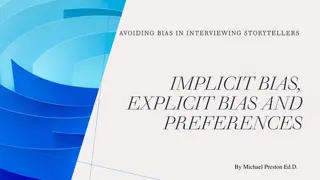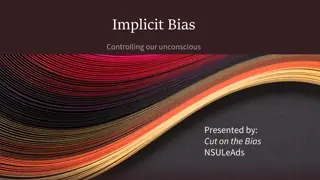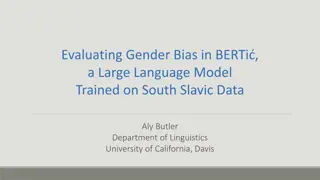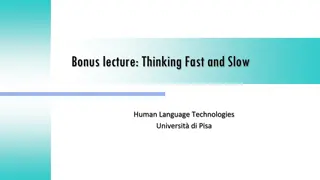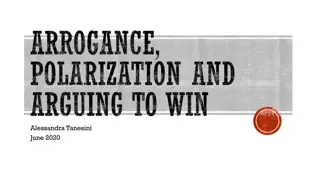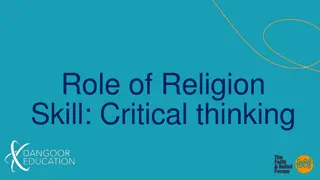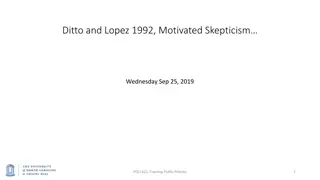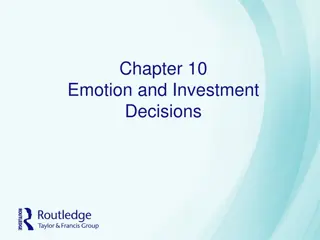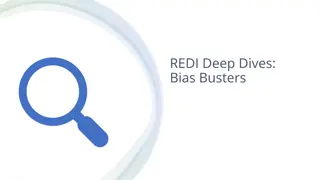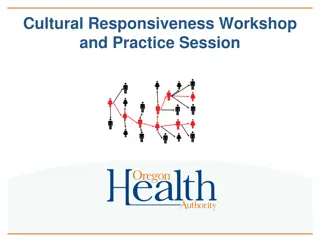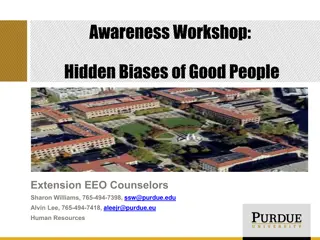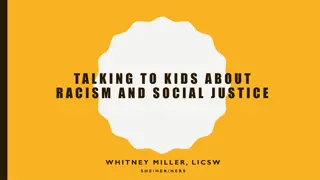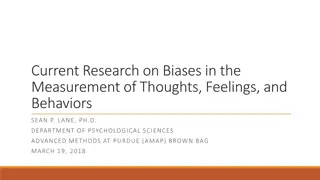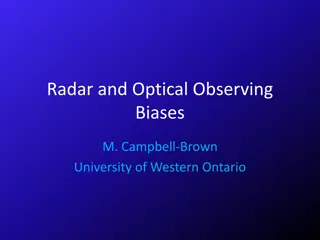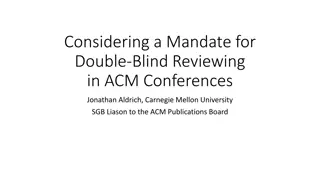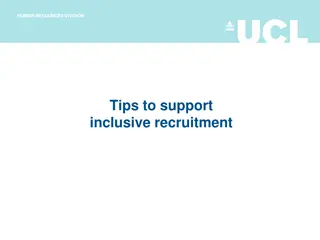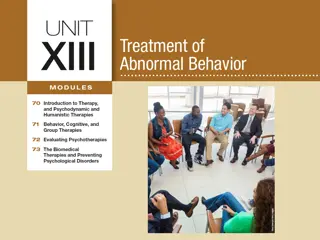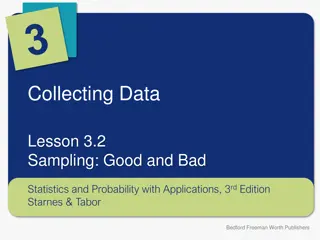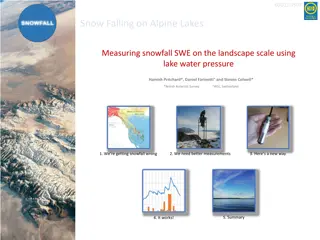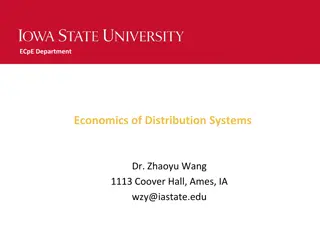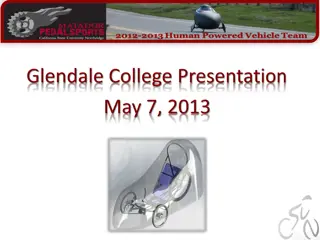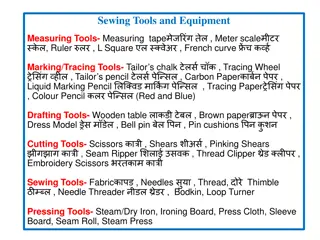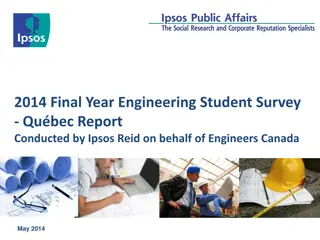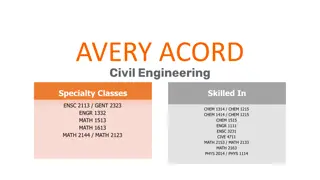Managing Biases in Engineering Decisions - Strategies and Tools
Dive into the complexities of biases in engineering decisions, particularly in risk assessment, and explore ways to identify, understand, and manage biases effectively. Discover insightful strategies, responsibilities, and tools to mitigate biases and enhance decision-making processes in engineering contexts.
Download Presentation

Please find below an Image/Link to download the presentation.
The content on the website is provided AS IS for your information and personal use only. It may not be sold, licensed, or shared on other websites without obtaining consent from the author. Download presentation by click this link. If you encounter any issues during the download, it is possible that the publisher has removed the file from their server.
E N D
Presentation Transcript
Biases in Engineering Decisions (Including Risk Practice) Eric Halpin
Topics Why Discuss Biases Now? Who Manages Biases? What Kinds of Biases Exist and How Do We Manage Them? An Example
What is a Bias in What is a Bias in Risk Assessment Risk Assessment Probabilities are necessary for risk analysis and assessment. They can be derived from: Empirical and Statistical Relationships Mathematical and Physics Based models Subjective, Degree of Belief Probabilities Biases can affect subjective probability estimates and How We Interpret Empirical and Model-Based Probabilities
Risk Facilitators Risk Estimators Owners Who s Who s Responsible Responsible for Managing for Managing Biases? Biases? Technology
Tools to Assist in Tools to Assist in Managing Biases Managing Biases o Technology Blind Elicitation Applications like Socrative o Verbal Mapping of Subjective Probabilities between descriptors and assigned probabilities o Relative Frequency the objective observed frequency of events o Decomposing Failure Modes as a means to understand where uncertainty dominates o Presenting Key Evidence weighing evidence of more likely and less Likely factors for probabilities
Overconfidence Bias Overconfidence Bias o The Tendency for People to be More Confident than the Evidence Warrants o The Most Common Bias o More Expertise and Knowledge means? o Ways to Combat Overconfidence Bias: o Exercises which estimators to known and unknown events o Self-Correlate o Listen First Who is More Who is More Likely to Be Likely to Be Over Over- - Confident? Confident?
Anchoring Bias This is the tendency for estimates to not vary much from values that are initially presented to the group, either from base-frequency information or other sources. Often relates to a single piece of information. Frequency should be appropriate to the problem being estimated. Ways to Combat: Discuss Extreme Values Before settling on a best estimate .
Availability Bias Availability Bias Results from over-emphasizing the most recent, most easily recalled, or most vivid evidence. Often comes from most recent discussion such as a case history or failure. Ways to Combat: Examine Relevance of evidence to the problem being evaluated.
Motivational Bias Motivational Bias Results when one or more of the members making estimates have a vested interest in the outcome. Could be the result of the dam designer being in the room, or the owner, or an engineering firm that needs work. Ways to Combat: Monitor who is in the room and who participates in estimation of risks Bring out opposing views.
Representativeness Representativeness Bias Bias o Results from overemphasizing similarities and neglecting other information. o The probability of B, given A is not equal to the probability of A, given B. o Ways to Combat: challenge the correlation of events.



